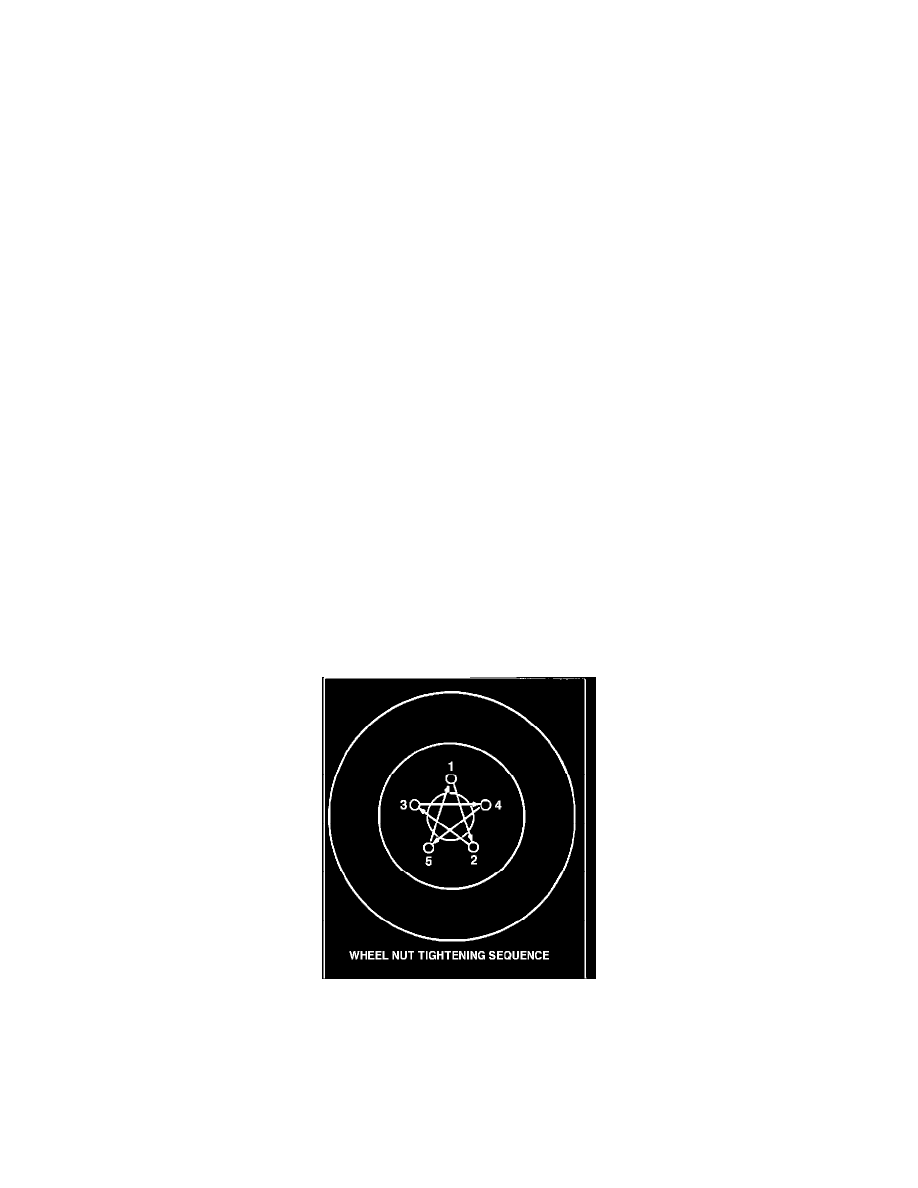Firebird V8-305 5.0L (1982)

Technical Service Bulletin # 8955
Date: 890101
Brakes - Pulsation & On Car Rotor Turning
Bulletin Number:
89-5-5
Reference Number:
805006
Publish Date:
1/89
Subject:
BRAKE PULSATION AND ON CAR BRAKE ROTOR TURNING (DIAGNOSIS AND PROCEDURE)
Models
Affected:
1980-1989 ALL MODELS
This bulletin supersedes bulletin 88-5-14A dated 12/88. This bulletin is being revised to include all models and 1989 model year.
Conditions and Causes
CONDITION
Some vehicles may exhibit a pulsating or vibrating condition (roughness) when the brakes are applied. This bulletin specifically addresses pulsation
resulting from disc brake rotor thickness variation. It should be recognized that vibration perceived by the customer may be induced by rear brakes or
may also be due to vibration from other components such as drivetrain, tires and/or road surface conditions.
CAUSES
One possible cause of rear drum brake pulsation is an out-of-round condition (radial runout) in a rear drum. This may occur during manufacture;
however, a brake drum may also be distorted if pried off, struck with a hammer or dropped during routine brake inspection or service.
Causes of rear brake pulsation on vehicles equipped with four-wheel disc brakes are essentially the same as those described for front brake pulsation.
FRONT BRAKE PULSATIONS
One possible cause of front brake pulsation is variation in the thickness of the disc brake rotors. This condition generally appears after the vehicle has
accumulated some mileage. Rotor thickness variation is the result of a combination of conditions that cause the rotor to wear while the vehicle is in
motion and the brakes are not
applied. All of the following three elements must be present:
1.
Rotor/Bearing System Runout
2.
Caliper Drag
3.
Abrasive Lining Material
FIGURE 1 - HOLE WHEEL NUT TIGHTENING SEQUENCE
1.
Rotor/Bearing System Runout
For uneven wear to occur, rotor/bearing system runout must be great enough to produce high spots on the rotor. Lateral runout on brake rotors
may be caused by tolerance "stack-up" and by distortion due to over tightening wheel nuts or tightening the wheel nuts in the wrong sequence.
(To prevent distortion of the hub and rotor assembly, wheel nuts should be tightened in two steps using a suitable torque wrench and following the
alternate nut tightening sequence shown in Figure 1. Applying torque in two steps helps reduce distortion by providing a gradual and even distribution of
